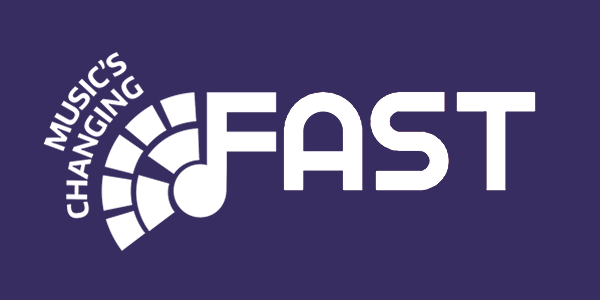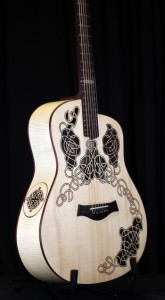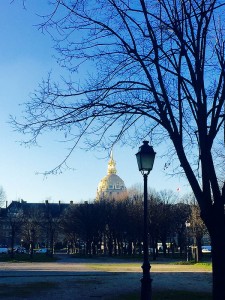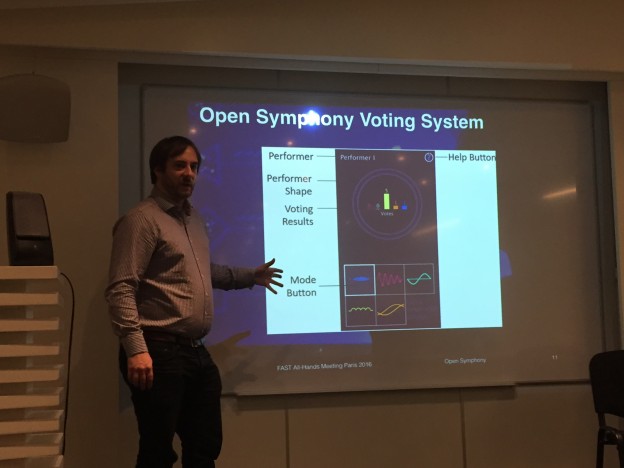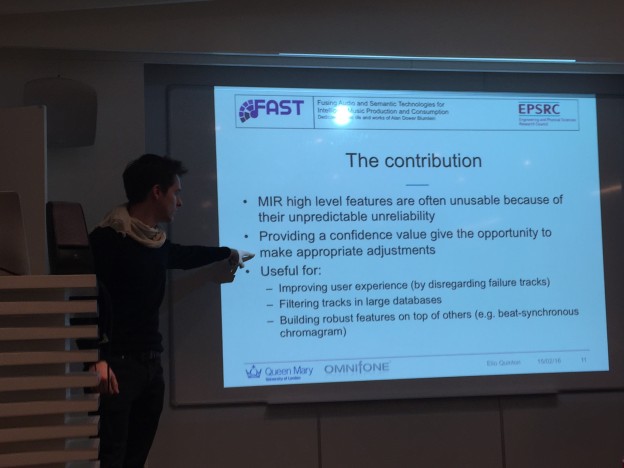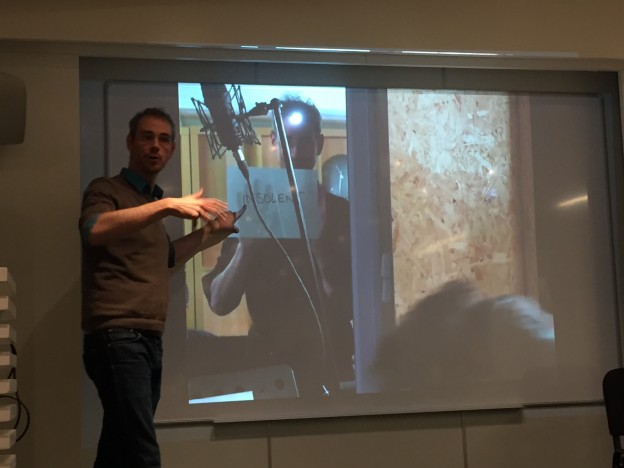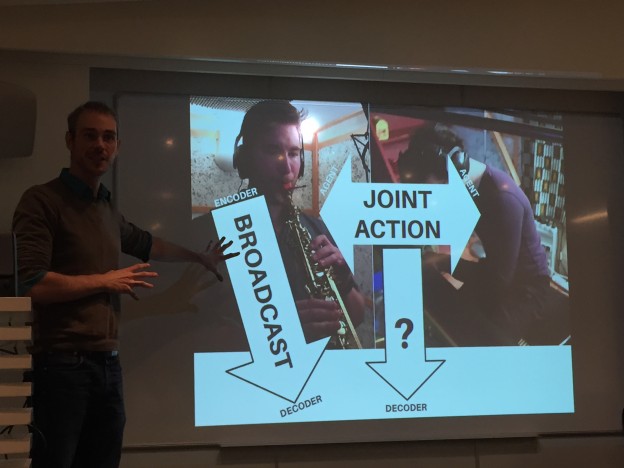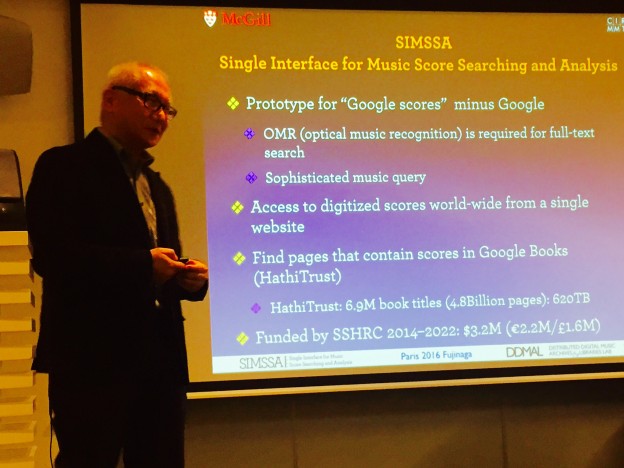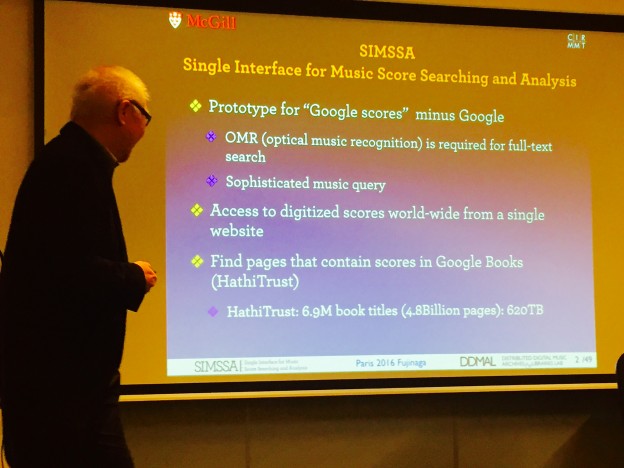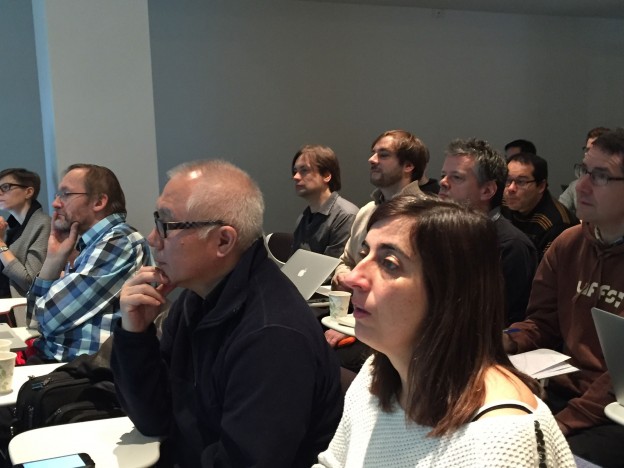The Able Orchestra project is the latest in a series of projects achieved through the partnership between Orchestras Live and Nottinghamshire Music Hub. The project has been co-produced by County Youth Arts with Orchestras Live and aims to bring world class orchestral work to under-served parts of the UK. During the project music was created by young people with disabilities from Fountaindale School and students from Outwood Academy Portland, along with members of the Halle Orchestra; all by the BBC’s ’Ten Pieces’ initiative. The event took place at the Palace Theatre Mansfield on Monday 9th May 2015.
Amy Dickens, Associate PhD student from Mixed Reality Laboratory (MRL), University of Nothingham, assisted the Fountaindale School students along with Si Tew (Music Producer), Ronnie Sampson (Electronic musician & singer-songwriter), John Sampson (Music Producer) and Bec Smith (Digital Artist) from Urban Projections. Amy helped the students to create sounds through movement using the Leap motion sensors and helped to facilitate other musical performance with iPads. The involvement with the project has enabled ethnographic study of HCI challenges in accessible and has contributed to the Amy’s research in gesture controlled musical interventions for users with limited movement.
Amy’s involvement in the project came about through a FAST IMPACt meeting with the MRL and potential partners at Nottingham County Youth Arts and the Nottinghamshire Music Hub, where the project was described and opened to researchers who might have some interest in being involved in the project.
Amy held a design workshop to discuss the ideas of gesture controlled sound in this setting. This lead to the development of a prototype and introduction of the sensor to the project and use in the project sessions – it is hoped that data from the project will provide key points from which to adapt the prototype and continue developing technology for a more tailored interaction.
